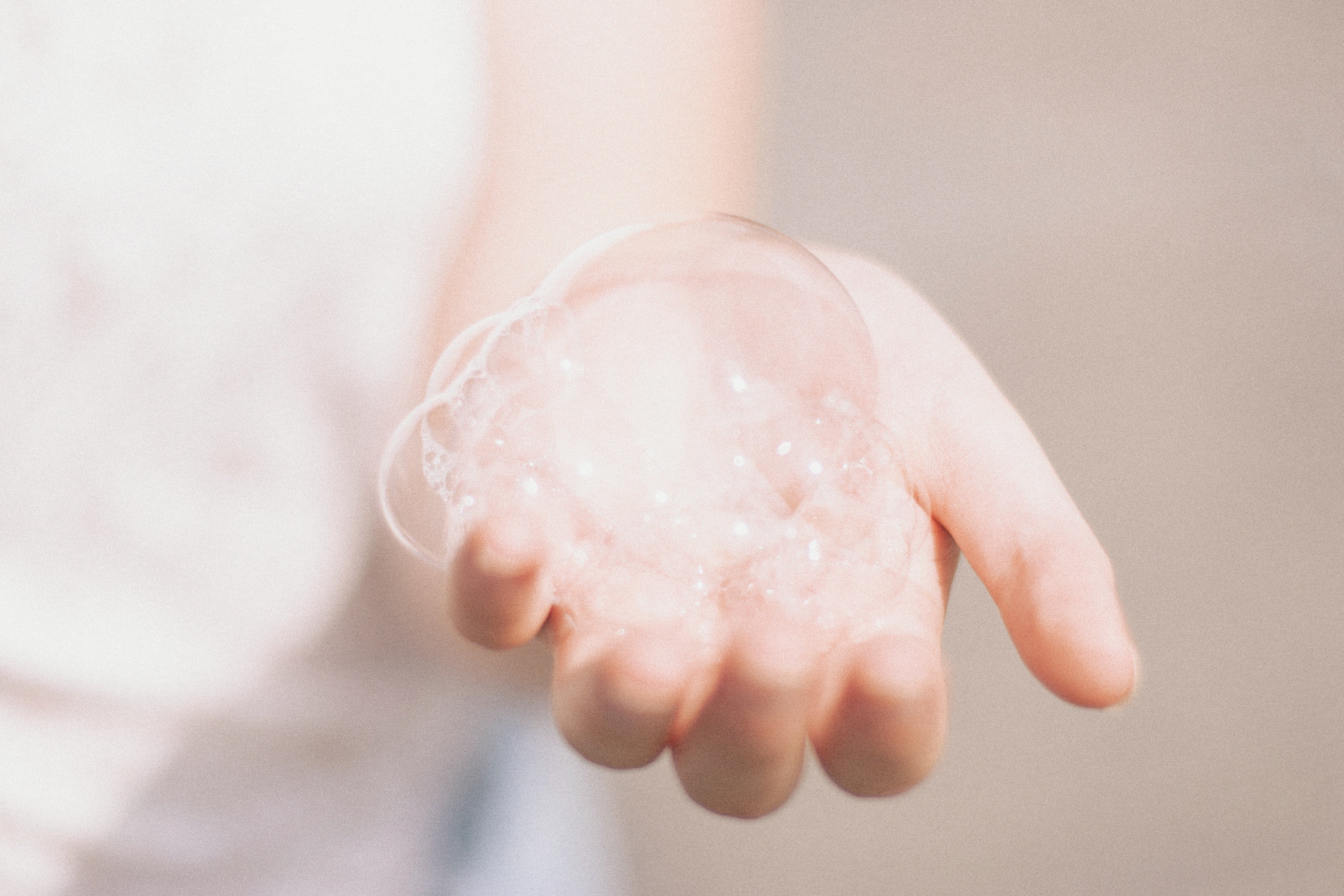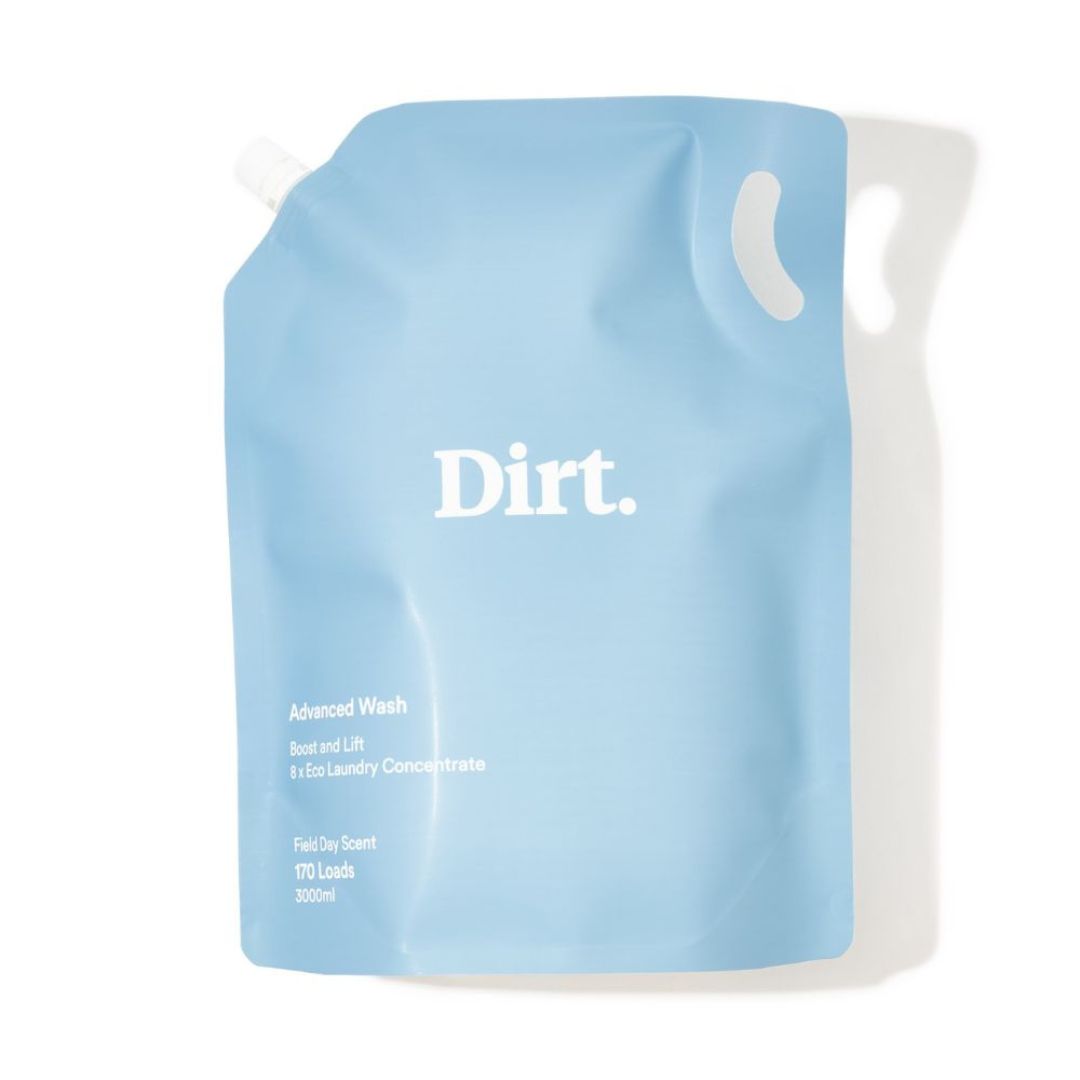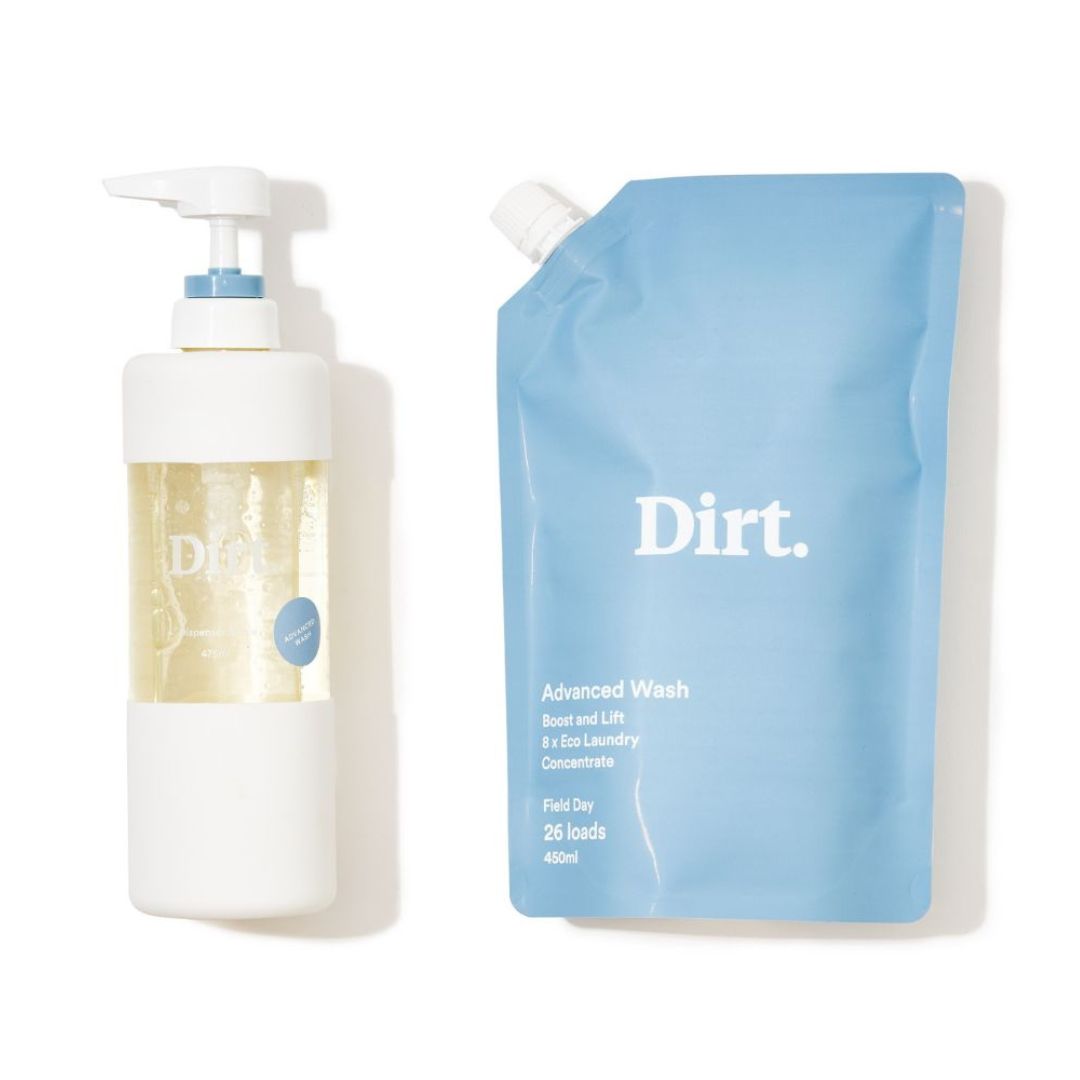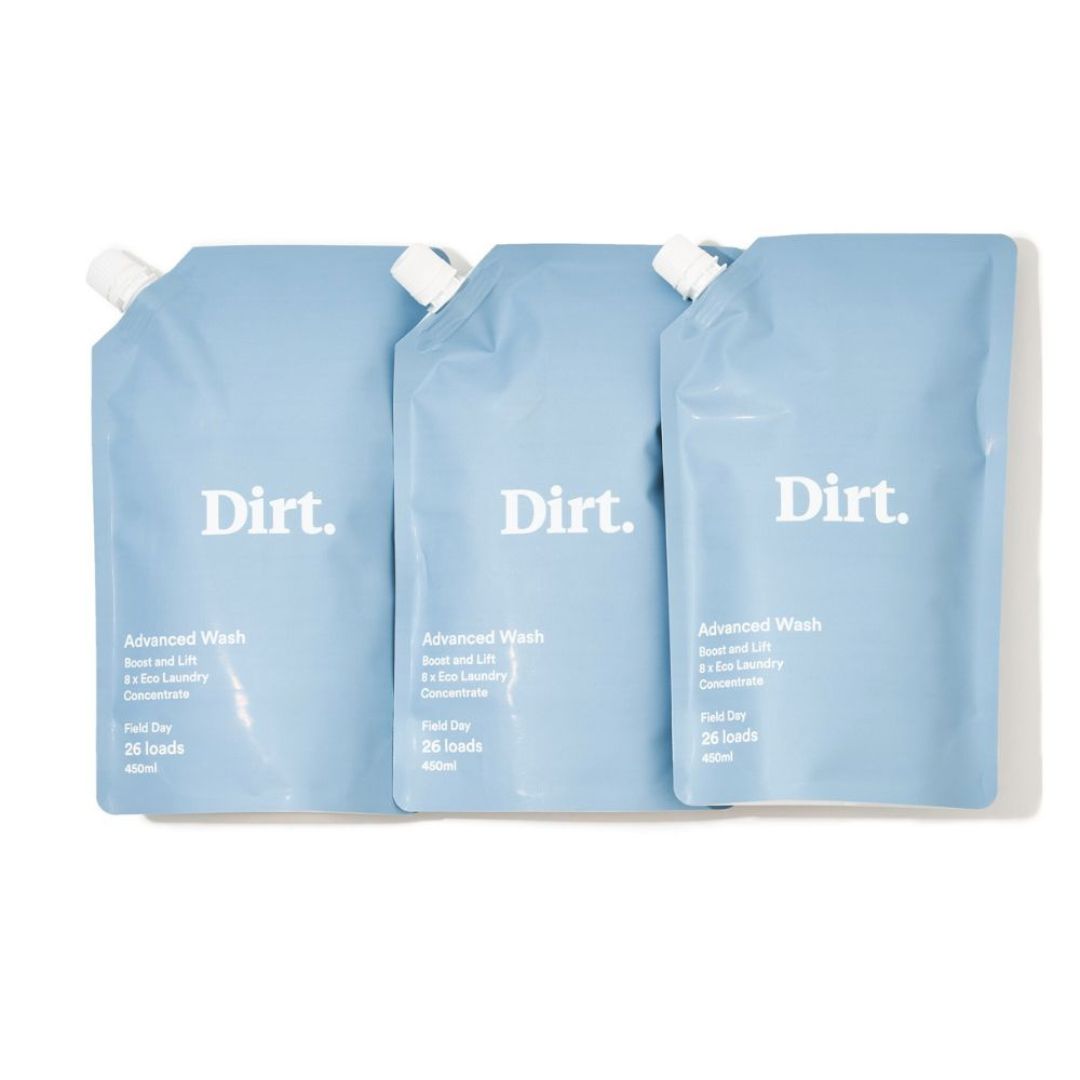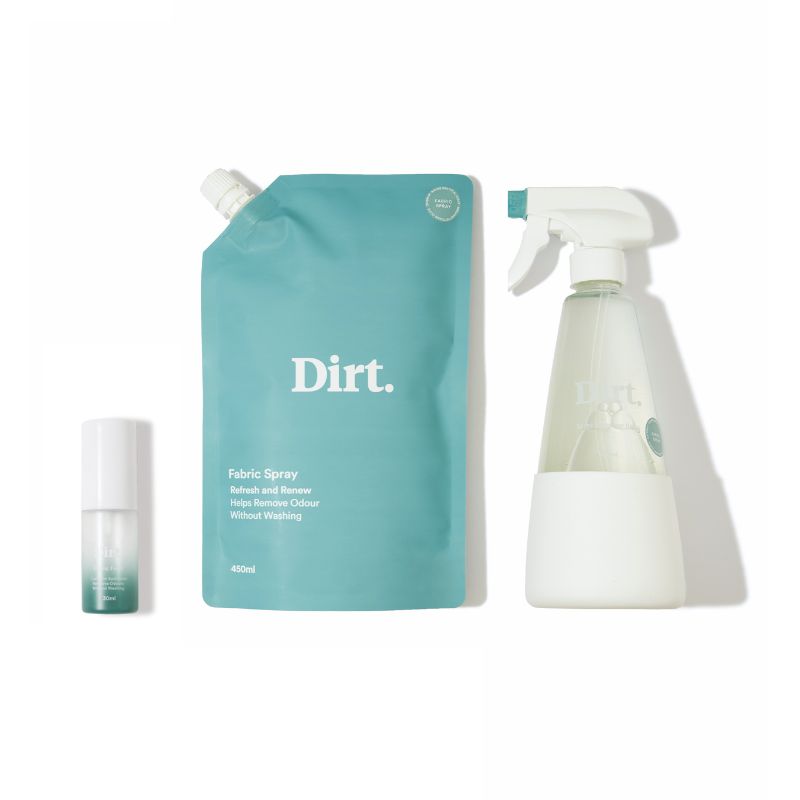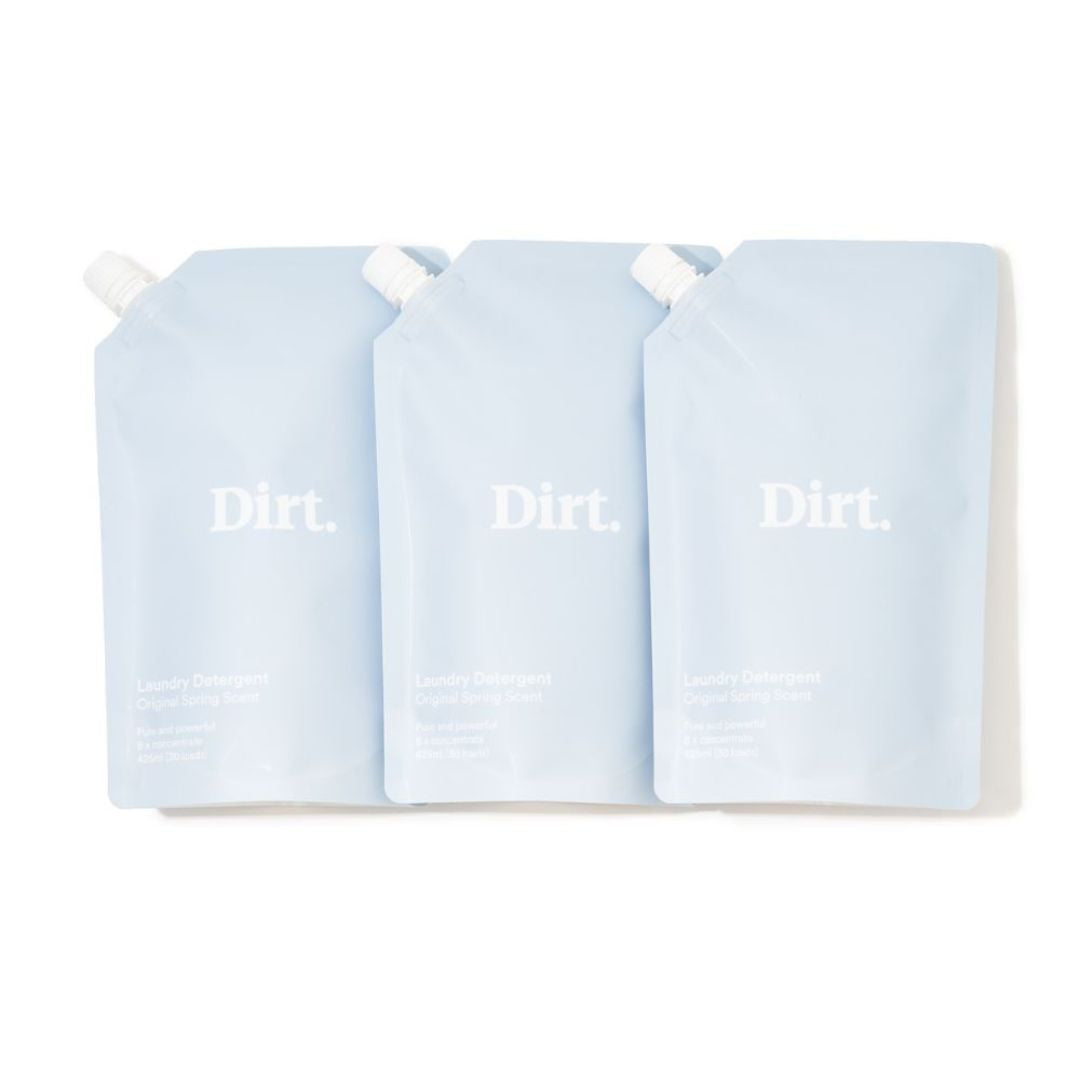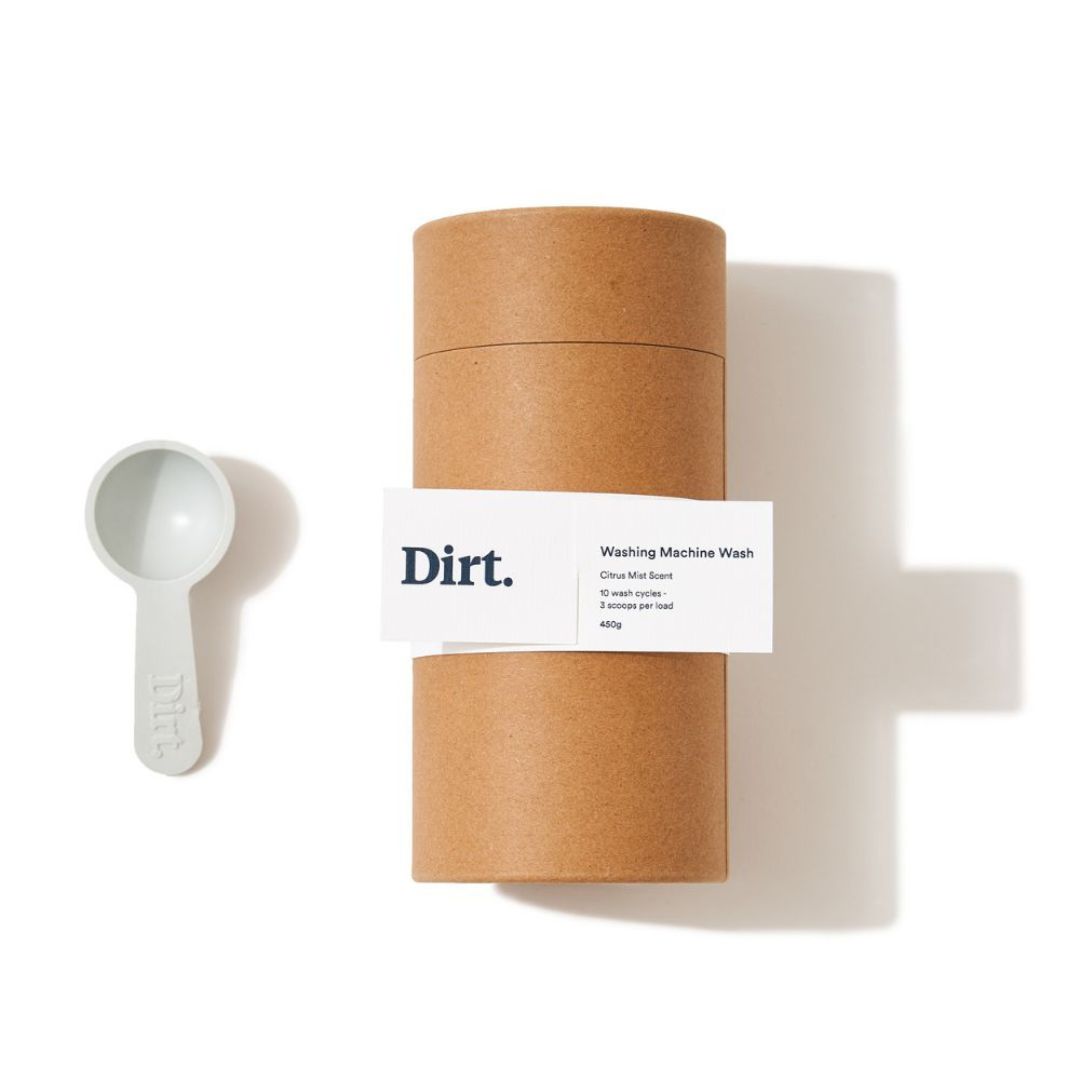Your washing machine likely has a hand wash and a wool cycle. Both are specifically designed to wash at the settings your delicate clothes need.
So why hand-wash?
There are different types of ‘delicate’ materials. Wool blends, and silk blends, and machine beaded clothes are 'a little bit' delicate, but will probably be okay in your machine.
But fabrics that are hand beaded, hand dyed, 100% wool, silk or cashmere, are just a 'bit too delicate' (and probably too expensive) to risk. So, here’s how to make sure you don’t ruin them.
To get started, you’ll need a:
- Kitchen sink and a plug or a large basin/bucket
- Wool and Delicate wash
- Dry towel
- Clothes line or drying rack
Step 1: Clean the substitute washer tub
Whatever you’re using, it needs to be squeaky clean before you wash your clothes in it.
Start by giving your makeshift tub a good rinse with hot water to help loosen the grime and kill any bacteria. Then scrub the interior surface thoroughly before rinsing it clean. Repeat if necessary.
Once it’s pristine, it’s time to get started on the real work…
Step 2: Measure and add a delicate detergent
When you’re used to throwing all of your clothes into a machine and measuring the detergent per load, it’s tricky to determine how much detergent to use for a single load of hand-washed laundry. Our tip? Measure 1 teaspoon of laundry detergent per kilogram of clothing. If you’re washing a few heavy pieces of clothing in one load, adjust the detergent to half a teaspoon per kilogram.
It’s important to know that more detergent doesn’t equal cleaner clothes. If anything, it makes them feel stiffer, making it more difficult and longer to wash off the soap. As a result, it leaves residual detergent on your clothes which can trigger allergies and skin irritations.
Step 3: Add water and detergent together before you add the clothes
Fill up the washer tub with enough water so your clothes are submerged. Make sure the water level isn’t too high or it’ll overflow when you add your clothes. And nobody wants that.
We recommend room temperature water as you’ll be using your hands and the temperature will change swiftly because it’s exposed to air.
Add the detergent to the water, then swirl and swish it around to dissolve the detergent and create suds.
Step 4: Hand wash your clothes
And now we’re at the main event. Add your clothes in one at a time and push them gently until they’re completely submerged. Once done, activate your inner tumble wash…
Start by moving the clothes around for a couple of minutes by pushing them downward and stirring the water. Use both hands to squeeze the clothes (remembering to take care) while they’re submerged. Another option is to ‘knead’ the clothes to allow them to further soak in the detergent solution. Do this for at least 5 minutes for a regular clean.
If there are obvious stains, lay the item down on a flat surface and use your fingers to work a little extra detergent into the area before putting it back in the washer tub.
Step 5: Allow the delicate clothes time to soak
The soaking time ranges from 15 to 45 minutes, depending on how dirty your clothes are. It’s important to move your clothes around every 5-10 minutes to ensure that your cleaning solution gets into your fabrics for a top-notch clean.
Step 6: Rinse off the detergent
Get a clean empty bucket ready because you’ll be needing it to drain out the soapy water.
Rinse the washer tub thoroughly to remove any detergent residue and suds, then refill the tub and dunk the clothes in the water. Gently agitate the fabrics to remove detergent and gently squeeze. Repeat the entire process – rinse tub, refill and agitate – until there’s no more soapiness leaving the clothes. Be patient, as detergent doesn’t wash off easily unless the clothes are rinsed vigorously.
Step 7: Remove excess water and dry
When it comes to drying your clothes by hand, whatever you do, do not wring them. Why? Soaked clothing is heavy which makes them prone to stretching. To remove excess water from your hand-washed clothes, pull them out, and pop them on a dry towel.
Roll the dry towel and the clothes together, and allow the towel to absorb the water.
Lastly, hang the laundry to dry on a clothesline or rack. It is best to lay the clothes flat across the clothes line by putting them on a towel. Turn your clothes over after 12 hours or so.
You might notice they take a little longer to dry than machine-washed clothes, but hey, the hard work’s all done and the end result is fresh, clean clothes lovingly hand-washed by you!

